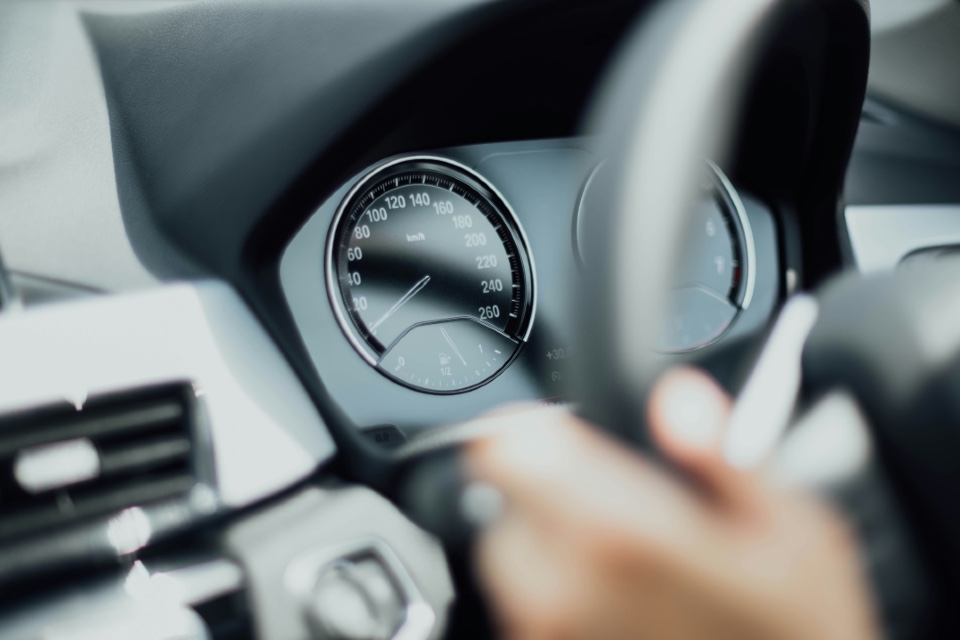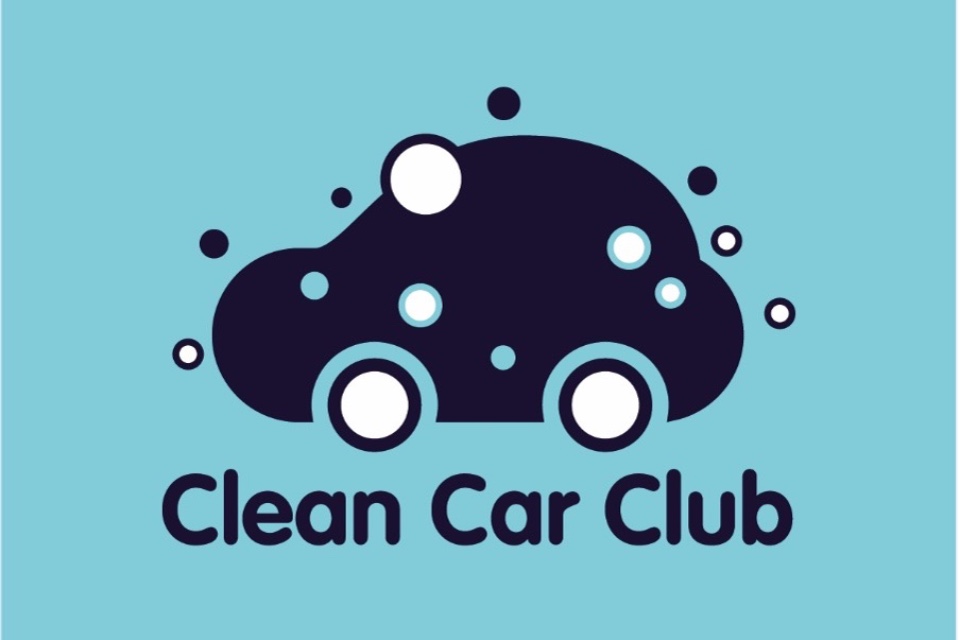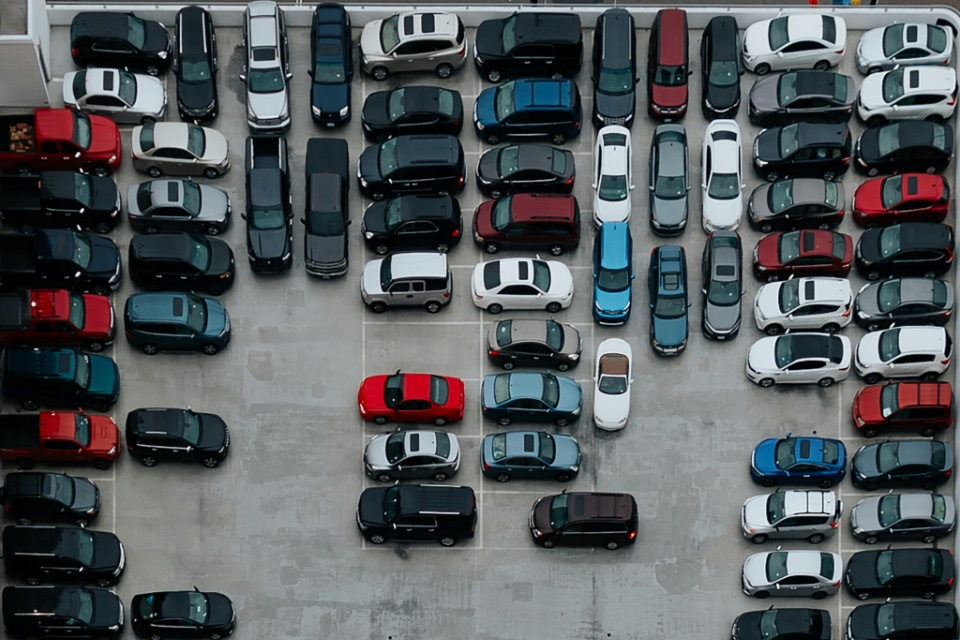DRIVER TRAINING MONTH: Gearing up for the future – How driver training and services are evolving
https://fleetservicessummit.co.uk/wp-content/uploads/2024/03/driver-training-jack-lucas-smith-5g1WtOi_hy8-unsplash.jpg 960 640 Stuart O'Brien Stuart O'Brien https://secure.gravatar.com/avatar/81af0597d5c9bfe2231f1397b411745a?s=96&d=mm&r=gResponsible fleet management goes beyond keeping vehicles roadworthy. It’s about ensuring driver safety, optimising fuel efficiency, and minimising risk – all of which hinge on effective driver training and related services. Here, we explore the evolving landscape of driver training and how fleet managers are adapting to meet the challenges and opportunities of the future…
Shifting Gears: From Traditional to Tech-Enabled Training
Traditionally, driver training involved classroom sessions and practical on-road assessments. While these remain valuable, technology is revolutionising the industry:
- E-Learning Modules: Online modules offer flexible, accessible training on topics like road safety, eco-driving techniques, and understanding new vehicle technologies.
- In-Vehicle Telematics: Data from telematics systems provides insights into individual driving styles, allowing for targeted coaching and feedback.
- Simulator Training: Advanced simulators offer realistic scenarios that can train drivers in emergency situations and unfamiliar environments.
A Holistic Approach: Beyond the Basics
Fleet managers are increasingly looking beyond basic driver training. Here are some emerging trends:
- Fuel Efficiency Training: With rising fuel costs, training drivers in eco-driving techniques can significantly reduce fuel consumption.
- Advanced Driver Assistance Systems (ADAS) Awareness: Familiarising drivers with ADAS features like lane departure warnings and blind-spot monitoring can enhance safety and reduce accidents.
- Vulnerable Road User Training: Raising awareness of cyclists, pedestrians, and motorcyclists promotes safer driving habits and fosters better sharing of the road.
The Future of Driver Training: Personalised and Data-Driven
The future of driver training in UK fleet management will likely be:
- Highly Personalised: Training will be tailored to individual needs based on driving data and performance records.
- Real-Time Feedback: In-vehicle coaching systems will offer real-time feedback on driving behaviour, promoting immediate course correction.
- Focus on Preventative Maintenance: Training will incorporate vehicle familiarisation to identify potential issues before breakdowns.
Collaboration for Success
Effective driver training and services require collaboration between various stakeholders:
- Fleet Management Companies: Partnering with specialist training providers ensures access to the latest technologies and expertise.
- Technology Providers: Continued innovation in e-learning platforms and in-vehicle data analysis is crucial.
- Government Agencies: Updating regulations and promoting safety initiatives can create a supportive environment for responsible driving practices.
Investing in a skilled and well-trained workforce is a sound investment for any fleet manager. By embracing new technologies and adopting a data-driven approach, UK businesses can create a safer, more efficient, and future-proof approach to driver training, ultimately contributing to a safer and more sustainable road network for everyone.
Are you looking for Driver Training solutions for your organisation? The Fleet Summit can help!
Photo by Jack Lucas Smith on Unsplash










